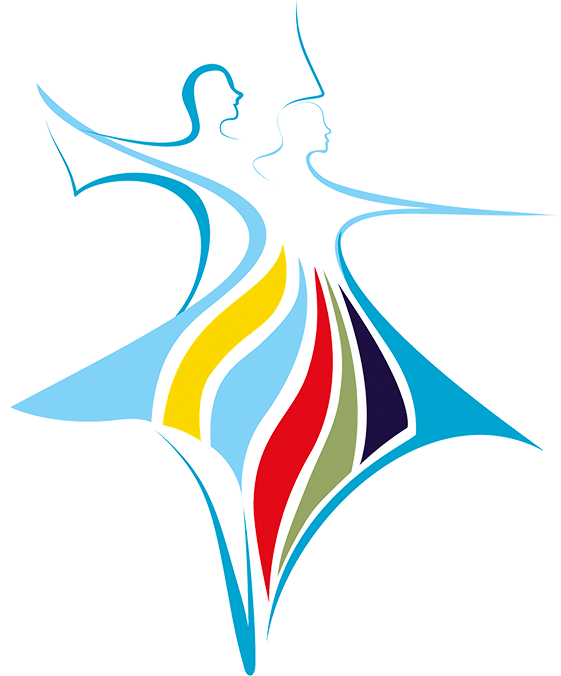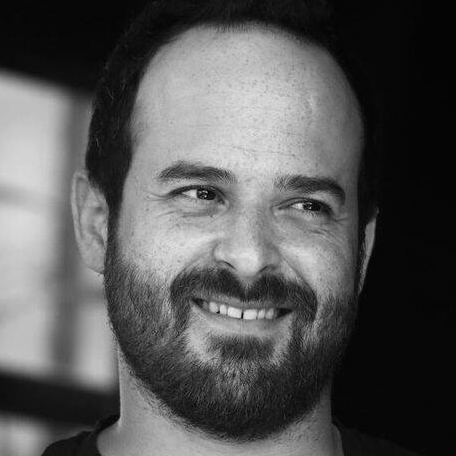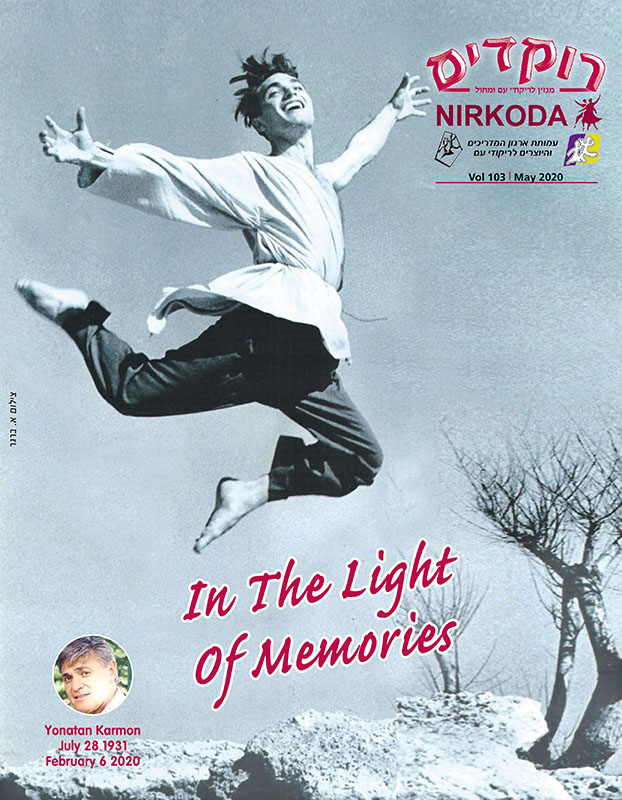- Home
- Rokdim Nirkoda 103
- Much of What Is In Me I Absorbed From Yonatan
Much of What Is In Me I Absorbed From Yonatan
Lior recalls dance lessons and performances
- Translation: Ruth Goodman
- Translation: Tzipi Shragai
I was sent to Lehakat Karmon by Dassi Shachar, who was the director of the dance company I danced with in Herzliya. She told to me, “go, try.” I wasn’t yet 15 years old, and I came with a friend for the first rehearsal. We went to the Center for the Performing Arts, the Opera House in Tel Aviv. We entered through the artists entrance, already an exciting experience in itself.
We got upstairs, the rehearsal was in progress, we came into the studio and I saw mature, experienced dancers doing very, very complicated things. Retrospectively, I realized that it was a dance called “Arba’at HaYesodot – The Four Elements”. Such an abstract idea and choice of dancing… After the first rehearsal, I didn’t want to go again. It was difficult, and the people were older and much more mature than I was. For the friend who came with me, it also didn’t work out go to Tel Aviv again, and I thought it wouldn’t happen. On the following Friday, Yonatan called Dassi to see why I had not come.
I mustered my courage and went alone. In my first year with the Lehaka I was exposed to the richness of the world of dance. Classical ballet lessons that I had never done in my life. Each rehearsal began with an hour and a half classical ballet class followed by two and a half hours of the troupe’s repertoire.
During the last six years of Lehakat Karmon in its current format, we have performed at every possible culture hall in Israel. Back and forth. It was a pleasure. I would ride with my army uniform and change my outfit from a soldier to a dancer. A different being. The most enjoyable job that I could ask for. I learned a lot from the dancers in the Lehaka and of course, from Yonatan.
In the Lehaka, I developed a thick skin. Little by little, I made progress, learned, I took everything in. I looked forward to every meeting on Fridays. Everything I was used to was shattered and it changed my way of thinking. I loved it. At first I did not manage many of the elements, but every time it gave me a new challenge, one that I had to achieve, to learn and to accustom my body.
I loved the way Yonatan explained to us about every dance, and used a key phrase, which I also use with my dancers today: “The leg can be brought forward, sideways and backward, you can’t do braids with it. The question is, ‘how’?” And he also said to me, more than once, “who do you want to be? Martha Graham – we already have! Baryshnikov – we already have”! And it was a very important moto for me to create and to challenge myself and express myself in a way that makes me unique.
Yonatan taught me how to deal with costumes, how to pre-set all the accessories in place, each accessory, belt, shirt, pants, shoes in its proper place. How to organize it fast, and how to change costumes really quickly.
The first year I danced in the Lehaka, I was surprised how many sets of costumes could be changed during one dance! That too is a skill. I realized that every section of the dance has a specific character, or artistic line that should also be reflected in color changes, or texture, of which the costumes are made.
I feel that the phrases, through the work, the creations, of Yonatan, have influenced and continue to influence me deeply as a creator of Israeli dance today. Like Yonatan, I too went to study classical ballet and modern dance, to bring additional worlds to my dancers that could connect to the world of Israeli folk dance.
I learned from Yonatan that good work is not only measured in one performance, but rather in the process. I learned that after a performance, you don’t talk to the dancers, meaning not to have a conversation with everyone, but to only give feedback in the studio, after everything is calm.
In the last few years of the Lehaka, I was very close to him. I was in the “demonstration couple”. While he was creating, when he said, “I need a “pas de bourrée, then raising a leg, lifting, turning, such movement and other movement”, and I had the privilege to translate or help translate some of his thoughts into movement. I looked closely into his eyes, what is important to him, what remains, what is solid, what can be remembered and what goes into the trash.
After one rehearsal he would say about a section that was built in the previous rehearsal: “You have to build a new piece of couples here, that’s not good”. He never compromised. He would go over in depth, each and every time, until he was completely satisfied with what he had created.
From Yonatan I learned about the spirit in dancing, about endless jumps, about a happy and fast movement, about structures of boys facing girls, that a male dancer should dance like a man and not be coquettish and dance in a feminine way. His masculine ideal was very strong and prominent in dancing.
I loved the original music that Yonatan chose for the dance, music specifically written for him – “Trikud”, “Rhapsody” and “Prachim”. I really liked the happy hora dances he created for the Lehaka. I loved reviving his old dances with him and seeing what he sees 20 years after the dance was created. What he feels about it, what he thinks needs to be taken out / changed / updated. He would always say: “It’s my dance. I’m allowed everything”.
I find that in the way I create today, much of what is in me I absorbed from Yonatan.









Comments
התראות